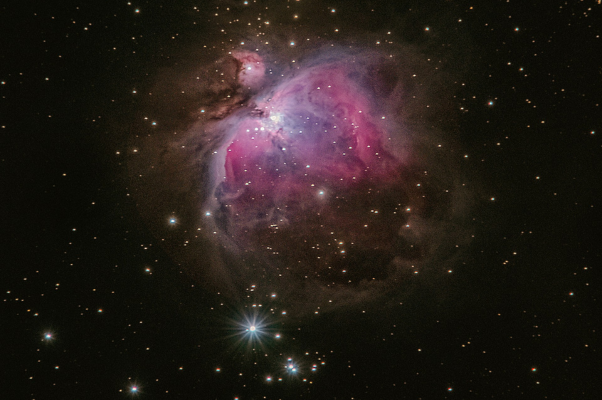
The Fediverse: A Beginner's Guide to Decentralized Social Networks
This article will introduce you to the fediverse, key decentralized platforms, and some reasons to get started.
Decentralized social media is a network that runs across multiple independent servers, rather than one central organization.
Decentralized social media isn’t owned by a single company or controlled by one central organization. Instead, it’s run across multiple independent servers, often by individual users or communities. Think of it as a network without a single authority in charge—users have more control over their data, privacy, and content, with no big tech giant calling the shots, like Meta for Facebook, Instagram, and Threads.
These platforms use protocols like ActivityPub, which allow different apps to communicate with each other. Imagine using Instagram but still being able to interact with friends on TikTok seamlessly. That’s the beauty of decentralization—your data stays with you, and different platforms “talk” to each other. It’s like sending an email from Gmail to Yahoo—they operate separately but still connect.
Some of the most popular decentralized social media platforms are:
And with newer platforms like Meta’s Threads starting to plug into this space, the decentralized social world is expanding rapidly.
Buffer now makes it easy to schedule and manage content for the leading decentralized platforms like Mastodon, Bluesky, and Threads. Get started for free or try our premium features with a 14-day trial!

This article will introduce you to the fediverse, key decentralized platforms, and some reasons to get started.

A deep dive into the world of decentralized social media. Learn about the history of the phenomenon, the challenges these new platforms face, and what it all means for the future.

Mastodon, a decentralized, open-source software that allows users to set up servers to communicate with each other, is growing in popularity as a “Twitter alternative”. This article provides a high-level overview of the platform: what it is and how it works.